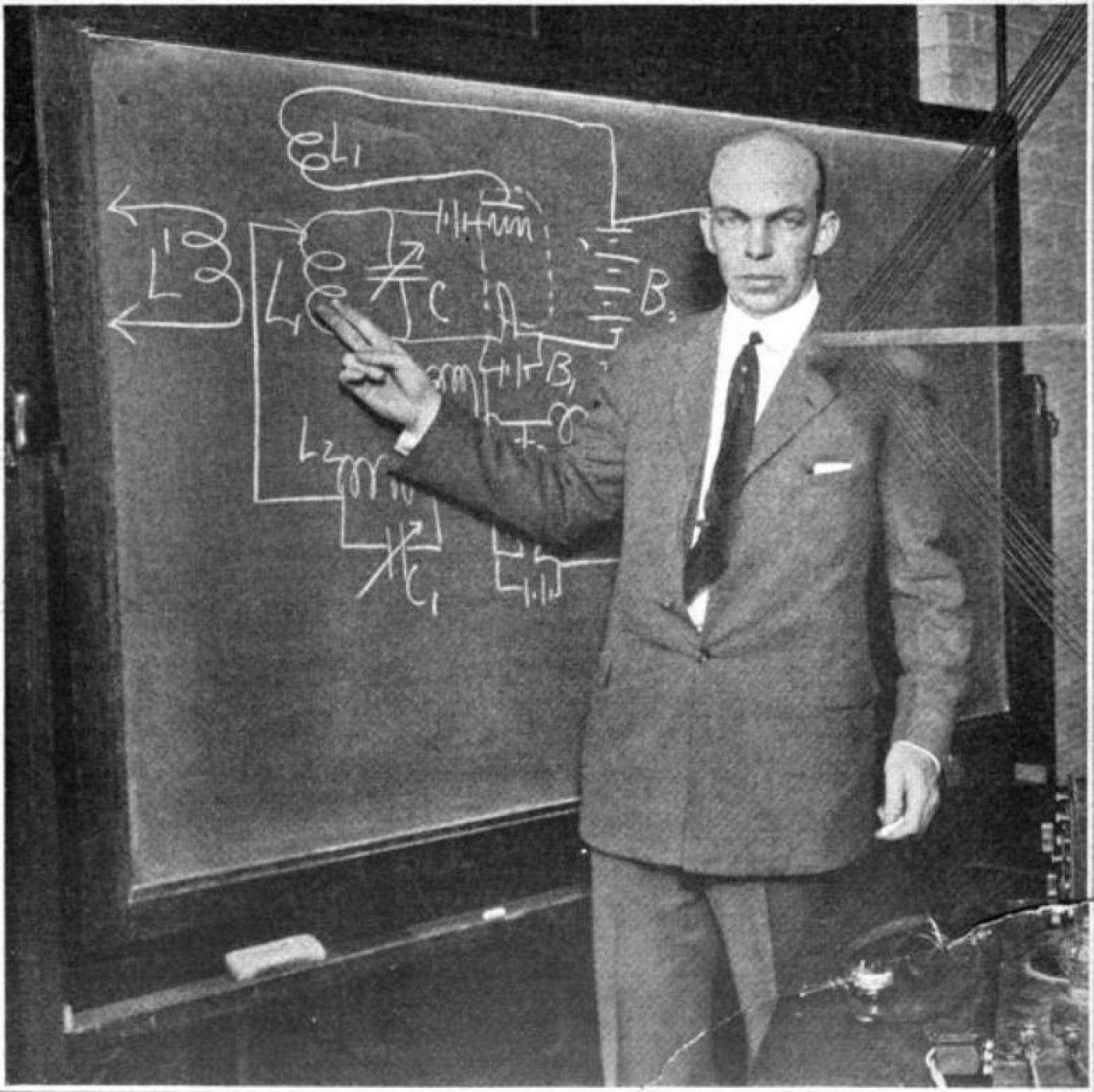Remembering Edwin Armstrong, the Inventor of FM Radio
It may seem old hat today, but in 1933, American electrical engineer Edwin Armstrong changed modern communication forever when he invented something called wide-band frequency modulation—or FM radio
It may seem old hat today, but in 1933, American electrical engineer Edwin Armstrong changed modern communication forever when he invented something called wide-band frequency modulation—or FM radio.
Armstrong was a native of New York City, as he was born there in 1890. He earned his degree from Columbia University, where he would eventually become a professor. In 1917, during the United States’ involvement in World War I, he joined the U.S. Army Signal Corps; as part of the USASC, he helped create and construct a communications network for the army in France. He would end up serving his country in both world wars, and he would give use of his inventions and their patents to the government.
Armstrong was responsible for a number of impressive engineering and electronics feats—the superheterodyne circuit, for example, a technology still in use in radio receivers today. However, the invention we know and appreciate the most is his creation of FM radio. FM radio has less static issues than AM radio stations, and opens up the user to receive more frequencies, permitting access to more stations. Armstrong received his first patent on FM technology in December 1933, but the invention went widely unnoticed until it was shared with the public on a national level on June 17, 1936. On that day, at the offices of the Federal Communications Commission, Armstrong played a music record over an AM transmission, and then switched to FM.
The change in quality was incredible, and it was noted that the signal strength was also vastly improved over the AM broadcast. A newsman present would later write that it felt like the performing orchestra was in the room. Edwin Armstrong had changed radio forever.
Unfortunately, despite the benefits that accompanied Armstrong’s invention, he would soon be embroiled in a patent battle with RCA, who claimed that their engineers were first to discover FM radio. The argument would cause Armstrong years of distress and emotional trauma. In early 1954, he committed suicide, jumping to his death from his New York City apartment, located on the thirteenth floor.
Though his story ended sadly, Edwin Armstrong’s influence is still felt today, as the radio is still a prominent venue for entertainment and news, and FM is the primary choice for listeners and broadcasters alike.

 Member Connect
Member Connect